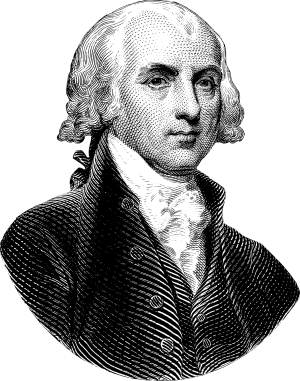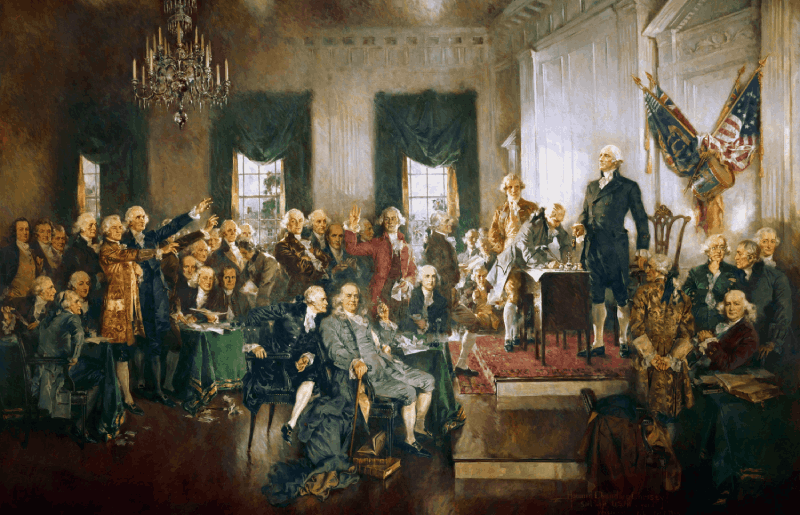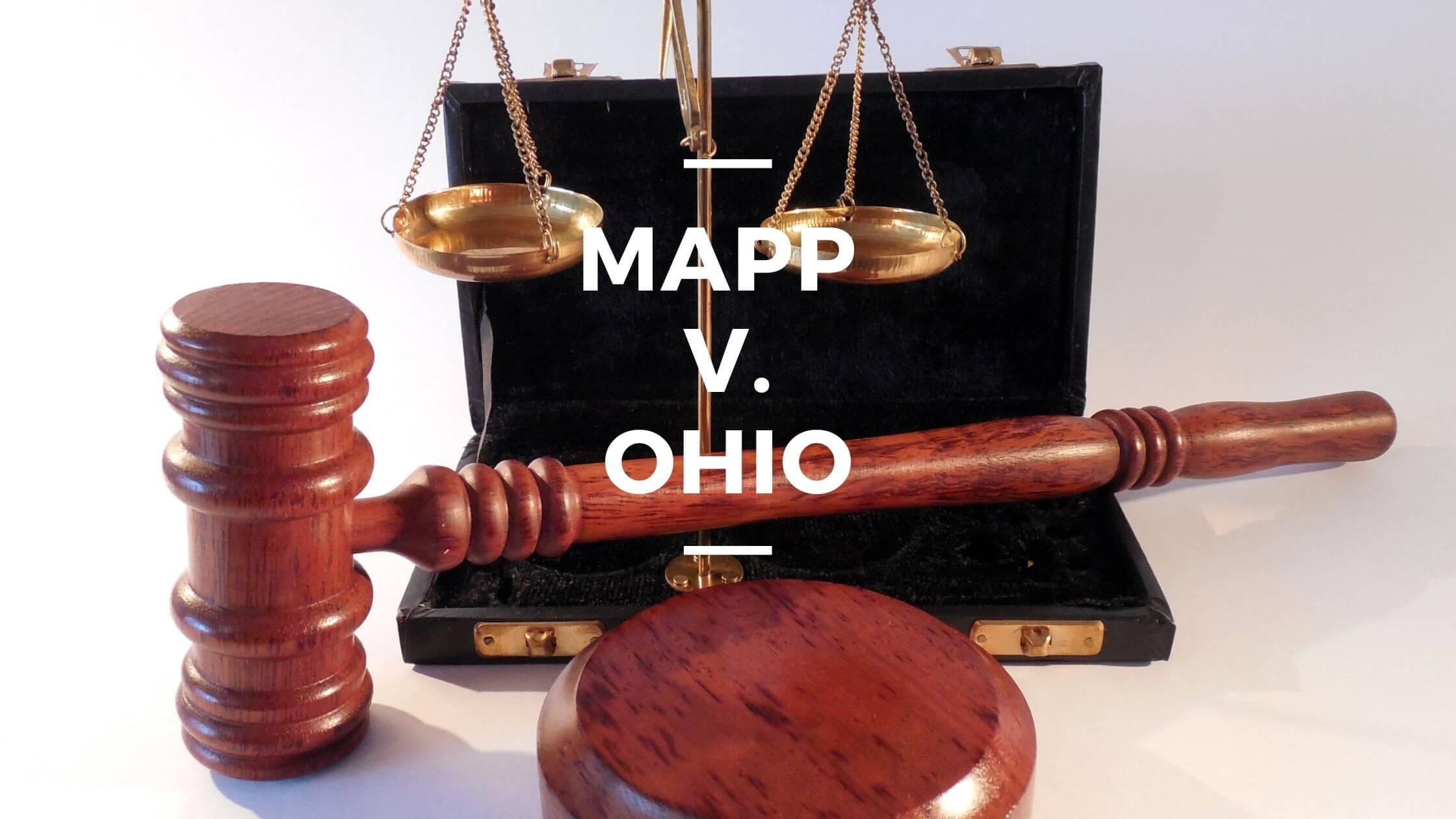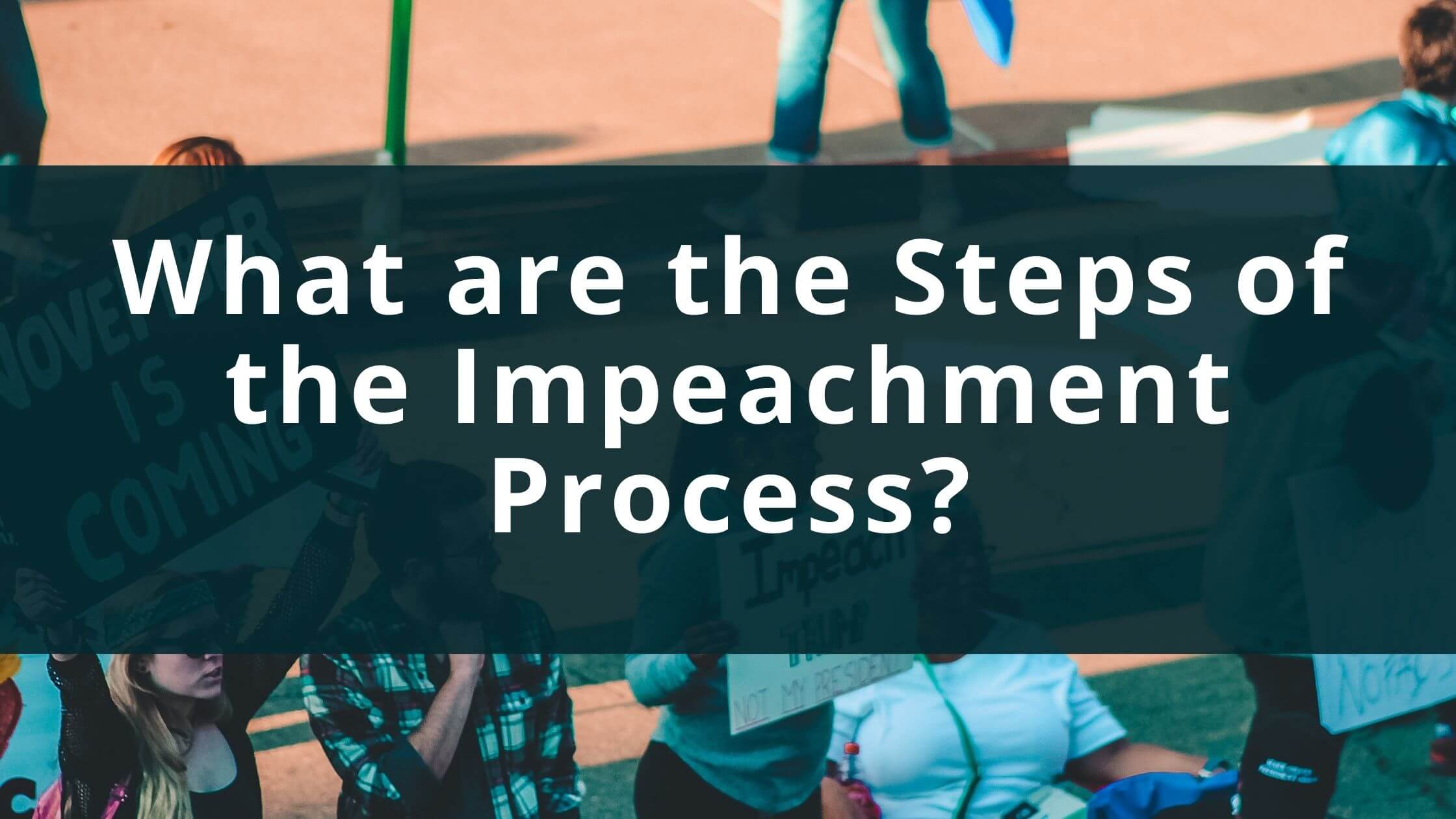Table of Contents
ToggleSigning of the Constitution
The Constitution was signed at the Constitutional Convention in Philadelphia in 1787. While most people there signed it, some refused, seeing the Constitution as incomplete and not ready to send to the states.
After the Constitution was sent to all 13 states, at least nine states had to sign it for the Constitution to become law. New Hampshire was the ninth state to ratify it, giving it legal power.
Dozens of People Attended the Constitutional Convention
The Constitution replaced the earlier Articles of Confederation. After the Constitution came the important Bill of Rights, followed by many more amendments.
Representatives from different states signed the Constitution in 1787. Many of them were Revolutionary War figures, and many achieved other great things in American politics.
George Washington
George Washington is the most famous figure in United States history, a Revolutionary War general who became the first president. Washington attended the constitutional convention reluctantly, as he had intended to retire to private life. He was persuaded, however, that it was important to attend.
Washington was elected president of the constitutional convention shortly after he arrived. He spoke or said little publicly, and people were not sure of his opinions on the Constitution.
However, Washington did play an important role by signing a letter supporting the Constitution. Washington’s support made it much harder for those who wanted to minimize the federal government’s power to argue against it. Many private letters of Washington’s, which reveal further support for the Constitution, were published without his permission.

Get Smarter on US News, History, and the Constitution
Join the thousands of fellow patriots who rely on our 5-minute newsletter to stay informed on the key events and trends that shaped our nation's past and continue to shape its present.
James Madison
James Madison and Alexander Hamilton were two of the most important figures in approving and signing the Constitution. James Madison contributed so many ideas that he is known as the father of the Constitution.

Madison, already accomplished and still young, was no fan of the current Articles of Confederation. During the Revolutionary War, he was close to Washington and knew how hard it was for Congress to fund the war effort. He knew that the country would be too difficult to manage with a weak government.
Madison Contributed More Ideas Than at Least Most Others
He spoke for six hours about his 11-point plan to create a strong central government during the convention. He argued that the government needed a bank and needed the power to tax. It was controversial to argue for a central bank.
After arguing for and signing the Constitution, James Madison helped get the Constitution ratified by enough states. After the convention, Madison contributed to the Federalist Papers, a series of 85 essays that helped convince state governments to ratify the Constitution and make it law.
Alexander Hamilton
Alexander Hamilton was another young and accomplished member of the Revolutionary War generation who was invited to the convention and signed the Constitution.
Hamilton was a strong federalist who opposed Thomas Jefferson and believed in a strong federal government. He signed, defended, and helped ratify the Constitution. Along with John Jay and James Madison, Hamilton contributed to the pro-constitution Federalist Papers, some of American history’s most important political essays.
Hamilton Proposed His Own Form of Government
During the convention, Hamilton proposed his ideas about how the government should be run. According to his plans, there would be a national governor elected for life by special electors who would also elect senators.
There would also be an assembly, where all citizens could elect assembly members to serve for three years. The national governor would appoint state governors.
While the United States never adopted anything like Hamilton’s proposed form of government, Hamilton still influenced the Constitution, signed it, and helped ratify it. The American military was weak, the monetary system was failing, and Hamilton saw that the Constitution could correct these problems.
Benjamin Franklin
Many of those who signed the Constitution are still very famous today, including Benjamin Franklin, who conducted a famous experiment to show that lightning was electricity and similar to fire.
Benjamin Franklin was among six other people (Roger Sherman, George Clymer, Robert Morris, James Wilson, and George Read) who signed the Declaration of Independence and the Constitution.

Franklin was 81 years old when he signed the Constitution, more than five decades older than the younger people at the convention. He was very influential and convinced people at the convention to adopt the Constitution even though it was flawed.
People agreed to two of his major proposals: having an executive committee and having a common treasury.
George Mason
While larger states wanted voting powers to be proportional to their larger populations, smaller states insisted on equal representation. George Mason proposed a compromise that is still with us today.
Under the Connecticut compromise, there would be one representative from each state in the Senate, but seats would be based on population in the House of Representatives. George Mason signed the Continental Association, the Declaration of Independence, the Articles of Confederation, but not the Constitution.
James Wilson
James Wilson argued against an executive committee and argued that a single executive should have absolute power to veto any laws the legislature proposed. Other people did not like this proposal because it would give one individual too much power, and they might not use it justly. Wilson argued that the single executive should be elected directly by American citizens.
People debated Wilson’s position until they came up with compromises that still affect the American government today. The electoral college comes from debates about Wilson’s idea. People vote for electors who vote for a president instead of voting for a president directly; this came from debates about Wilson’s ideas.
William Patterson
William Patterson represented the state of New Jersey and fought for the rights of small states. Patterson’s plan called for each state to have equal power, regardless of population. He said he would prefer a monarchy to proportional representation.
He briefly left the constitutional convention when it seemed like the rights of small states would be ignored. However, after elements of his ideas were included in the constitution, he returned and signed it.

Other People Who Signed the Constitution
Dozens of people signed the Constitution. At least one representative from each state went to the convention, with Philadelphia sending eight representatives and New York only one. In total, 39 delegates signed the constitution:
Delaware
George Read, a founding father and Federalist, was the president of Delaware.
Gunning Bedford Jr., the attorney general of Delaware.
John Dickinson, who wrote the pre-revolutionary Letters from a Farmer in Pennsylvania.
Richard Bassett, a Delaware attorney and politician.
Jacob Broom, a founding father and businessman.
Maryland
James McHenry, a military surgeon and statesman.
Daniel of St. Thomas Jenifer, a former colonial governor.
Daniel Carroll was a wealthy landowner who supported the American Revolution.
Virginia
John Blair, a famous legal scholar.
James Madison is known as the father of the Constitution.
George Washington, the first American president and most famous delegate.
North Carolina
William Blount was a statesman and land speculator.
Richard Dobbs Spaight, who killed a political opponent in a duel.
Hugh Williamson, a physician and politician.
South Carolina
John Rutledge, a Supreme Court jurist.
Charles Cotesworth Pinckney, a Revolutionary War veteran and statesman.
Charles Pinckney, a senator and cousin of Charles Cotesworth Pinckney.
Pierce Butler, a Revolutionary War officer.
Georgia
William Few, one of the first senators from Georgia.
Abraham Baldwin, a minister and lawyer who founded the University of Georgia.
New Hampshire
John Langdon was an early American Revolution supporter and congressman.
Nicholas Gilman, who served as the state governor for many years.
Massachusetts
Nathaniel Gorham, a wealthy merchant from Massachusetts.
Rufus King was a lawyer, politician, and diplomat.
Connecticut
William Samuel Johnson, a Connecticut senator and a Revolutionary War lieutenant.
Roger Sherman, who signed all four great state papers of the United States.
New York
Alexander Hamilton, who founded the Federalist Party, the Coast Guard, and the New York Post newspaper.
New Jersey
William Livingston, the first Governor of New Jersey.
David Brearley, a Chief Justice of the Supreme Court of New Jersey.
William Paterson, a Governor of New Jersey and United States Supreme Court Judge.
Jonathan Dayton, a New Jersey politician and the youngest person to sign the Constitution.
Pennsylvania
Benjamin Franklin, a genius who achieved many things in many fields.
Thomas Mifflin, a merchant, soldier, and politician.
Robert Morris, who was on the Pennsylvania legislature and who became the Superintendent of Finance of the United States.
George Clymer, one of the first people to argue for complete independence from Great Britain.
Thomas Fitzsimons, a merchant and statesman.
Jared Ingersoll, a lawyer and politician.
James Wilson, a politician, statesman, and legal scholar.
Gouverneur Morris, known as the penman of the Constitution.
It’s also worth noting who scribed the Constitution, Assistant Clerk to the Pennsylvania General Assembly, Jacob Shallus.












One Response
This is great! Love all the infomatiion!